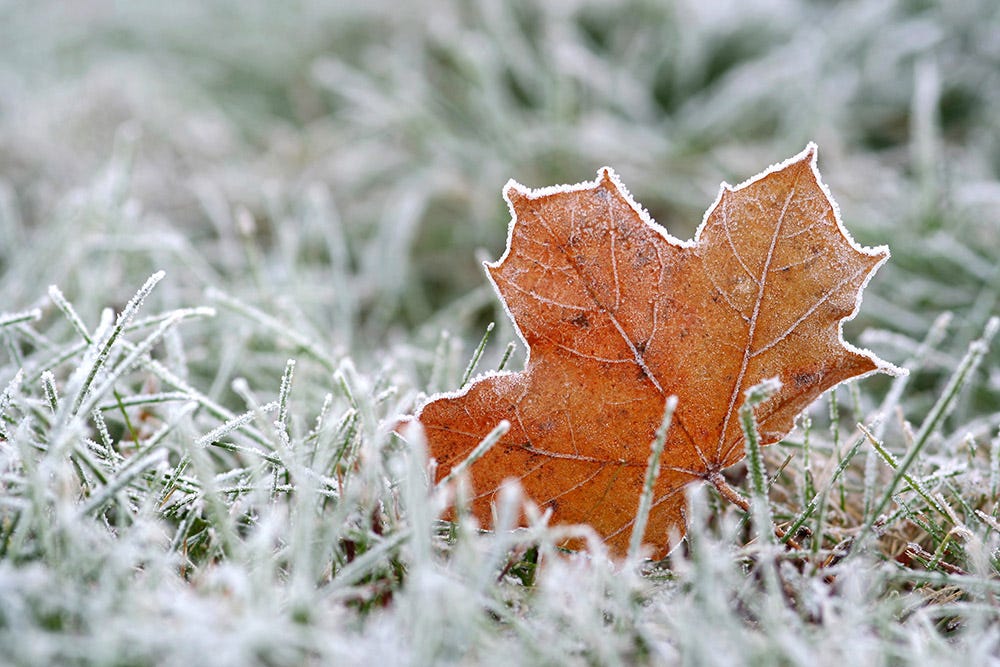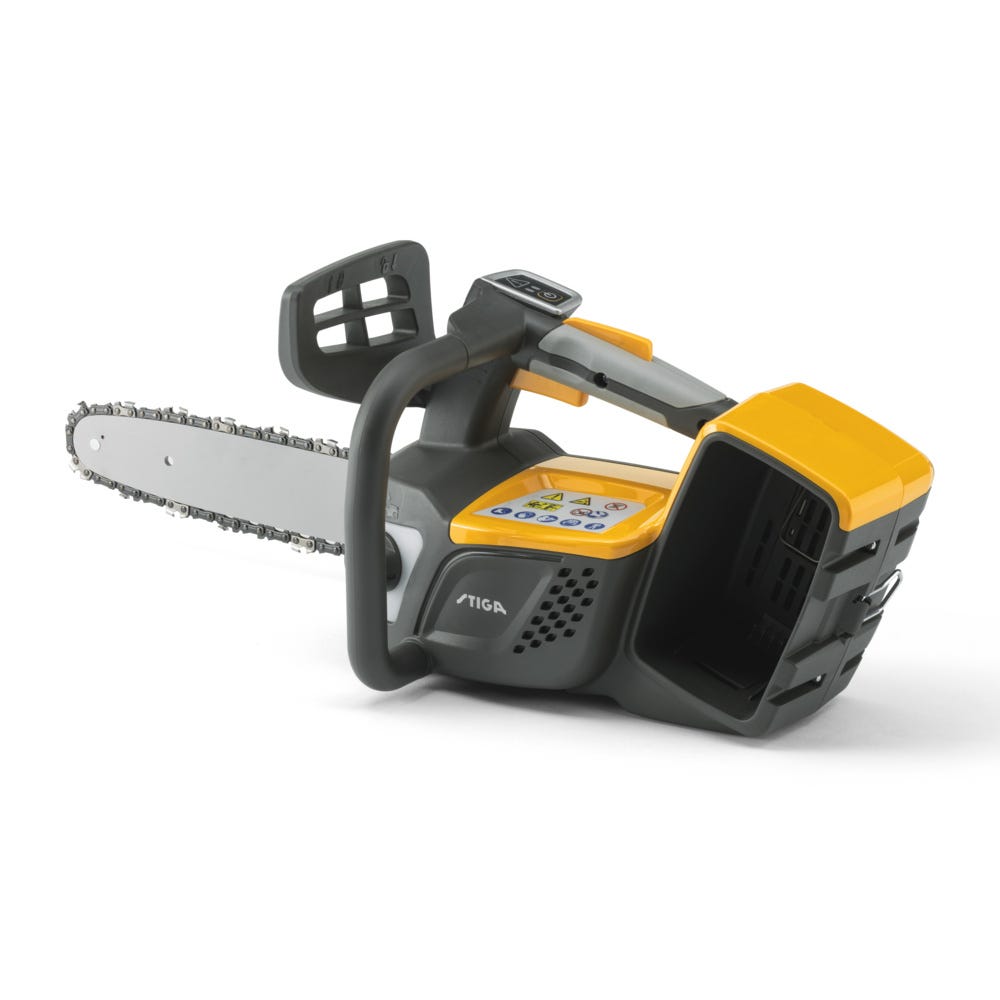
Flower care
-
Transfer potted flowers to a greenhouse or cold frame. Use pot feet to keep pots raised off the ground. This will reduce the risk of frost damage, improve drainage and discourage slugs.
-
Dig up summer-flowering bulbs like dahlias and gladioli. Store them in a dark, cool, ventilated place until spring when they can be planted outside again. If you live in a mild climate, summer bulbs can be left in the soil – as long as you cover them with a layer of mulch for extra protection.
-
Research if any of your flowers can be housed inside over the winter months. Geraniums, for example, can thrive indoors when transferred into pots if they have access to lots of natural sunlight.
-
As soon as the temperature drops, cover vulnerable plants and flowers with horticultural fleece, and put a blanket over cold frames at night.
Pruning
-
Tidy up any low hanging or unruly branches of deciduous shrubs and trees.
-
Double-check which of your plants will benefit from pruning at this time of year. For example, autumn is the ideal time to prune raspberries, yews, rosemary lavender and cistus, but blackcurrants, gooseberries, hazel and acers are best left until the colder winter months.
-
Cut back perennials like rudbeckia, phlox, helenium and lavender. In most instances, trimming to the crown will help plants produce fresh shoots in spring. When you trim lavender, however, avoid cutting into the woody stems as this can prevent regrowth.
Composting
-
Provide extra nutrition for the winter months by spreading existing compost over plant beds, grass, pots and at the base of trees and shrubs.
-
Create new compost by gathering cuttings, raking up fallen leaves and sweeping up green waste.
-
Add everything to the compost heap to decompose in readiness for the following year.
Shed upkeep
-
Cut back any overhanging branches that could damage your shed during high winds or heavy snow.
-
Protect wood from cold weather damage by treating it with two coats of exterior wood protector or exterior wood paint.
-
Check the roof for leaks and repair any holes.
-
Lubricate and protect the door hinges from rust.

A carpet of white snow and glistening frost on the lawn might look pretty. But this can be pretty tough on the grass underneath. Follow our checklist on protecting your lawn during harsh weather conditions. And help it spring back to life after a long winter.



